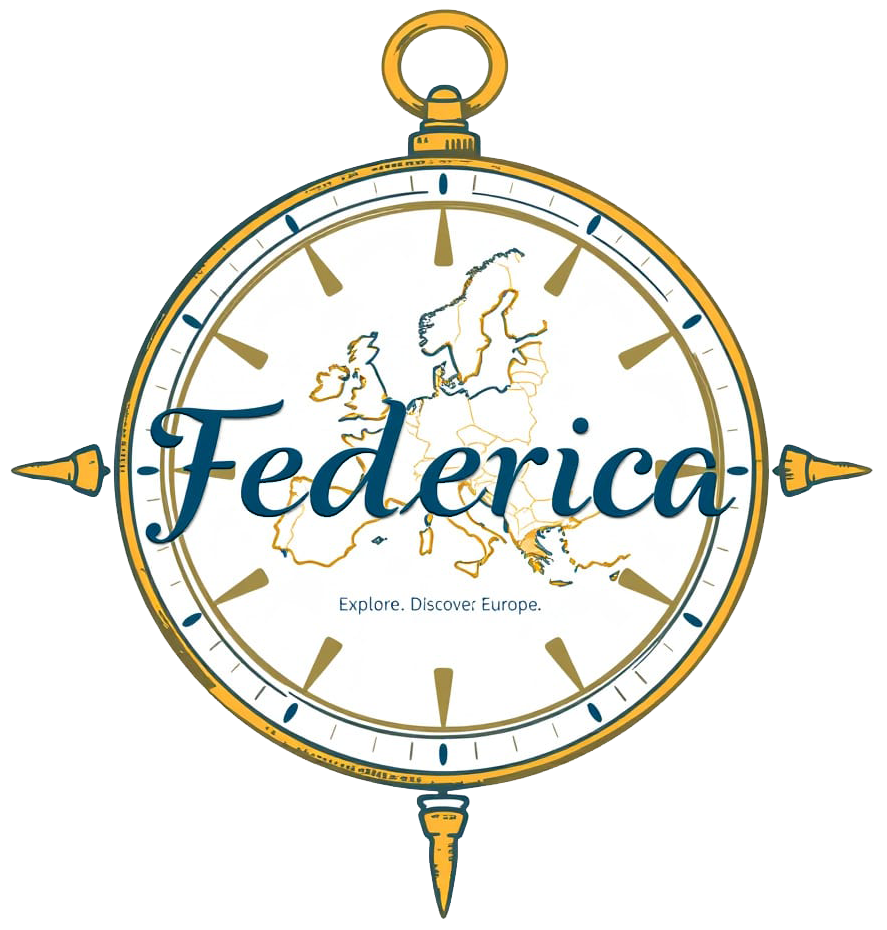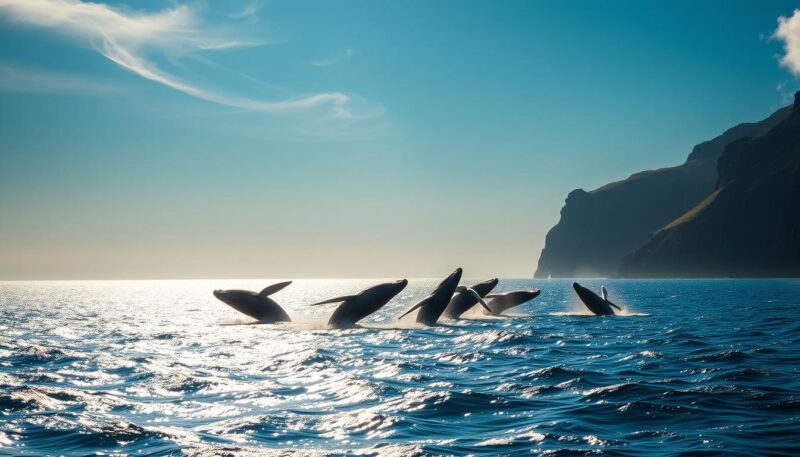Did you know over 50 verified wildlife tours will run across Europe in 2025? They’ll draw in nature fans to its varied ecosystems. These tours let you get up close to wildlife and offer travel experiences that mix adventure with culture.
From Greenland’s Arctic beauty to the Balkans’ rich heritage, travelers can see Europe in a new way. TourRadar says these tours have an average rating of 4.5 stars from over 8,000 reviews. This shows how much adventurers love these experiences.
Nature lovers are drawn to European wildlife for its promise of unforgettable moments. They get to see some of the continent’s most stunning landscapes and meet incredible species.
Top Destinations for European Wildlife Tours
The European landscape is full of chances for wildlife lovers to have amazing experiences. The Balkans and the Nordic Regions are especially great for this. They offer unique wildlife and ecosystems that make them top picks for tours.
Discover the Balkans
The Balkans have beautiful landscapes, from the Adriatic Sea to the high mountains. An 8-day wildlife tour might take you to places like Croatia, Montenegro, and Albania. You’ll see the amazing variety of European Wildlife here.
Large mammals like bears and wolves live here, along with many bird species. Local naturalists add a lot to these tours, sharing their deep knowledge of the area’s plants and animals. Spotting wildlife in its natural home is thrilling, and learning about conservation efforts is rewarding.
Wildlife in the Nordic Regions
The Nordic Regions are known for their untouched natural beauty. They are home to rich biodiversity, with species like reindeer, moose, and marine animals. Tours here highlight the stunning fjords, forests, and tundra.
Visiting the Arctic Circle offers a chance to see wildlife up close and help with conservation. Guides share their expertise, helping you understand the complex ecosystems of the Nordic Regions.

European Wildlife: Unique Experiences Await
Europe’s diverse landscapes are home to amazing wildlife experiences. The Azores, known for its beauty and marine life, is a key spot for whale watching. Portugal also offers a chance to see the Great Bustard, a heavy flying bird. These moments show why we must protect European wildlife and its habitats.
Whale Migration in the Azores
The Azores are a key stop for migrating whales. From April to June, you can see blue, fin, and sei whales. Dolphins often join them, adding to the excitement.
Eco-tourism companies like Futurismo Azores Adventures offer tours. Biologists share knowledge about the whales’ migration and behavior. This mix of adventure and learning helps raise awareness about marine conservation.
Great Bustard Adventure in Portugal
In Portugal, the Great Bustard lives in open grasslands, like the Alentejo region. This bird, known for its large wingspan, is a sight to see during spring. It’s a favorite among wildlife lovers for its courtship displays.
Sustainable tourism supports conservation by offering guided tours. These tours help protect the Great Bustard. Learning about the Great Bustard’s role in nature enriches the wildlife exploration experience.
| Species | Viewing Season | Location | Conservation Status |
|---|---|---|---|
| Whales (Blue, Fin, Sei) | April – June | Azores | Protected |
| Great Bustard | Spring | Alentejo, Portugal | Vulnerable |
Conclusion
Exploring European wildlife through Wildlife Tours is a great chance for nature lovers. It lets them dive into the continent’s rich biodiversity. From the Balkans’ majestic landscapes to the Nordic regions’ stunning views, these places offer unique wildlife experiences.
These tours also highlight the importance of taking care of our environment. By traveling responsibly, we help protect wildlife habitats. This way, we support sustainable practices that help both ecosystems and communities.
Guided tours are key in teaching people about the importance of nature. They let us see amazing wildlife, like whales in the Azores or great bustards in Portugal. This experience helps us understand the value of European wildlife and supports conservation efforts.
By 2025, nature enthusiasts should join these tours across Europe. They help conservation efforts and deepen our connection with nature. Each tour is a chance to see beautiful places and become a wildlife advocate, strengthening our bond with the environment.


